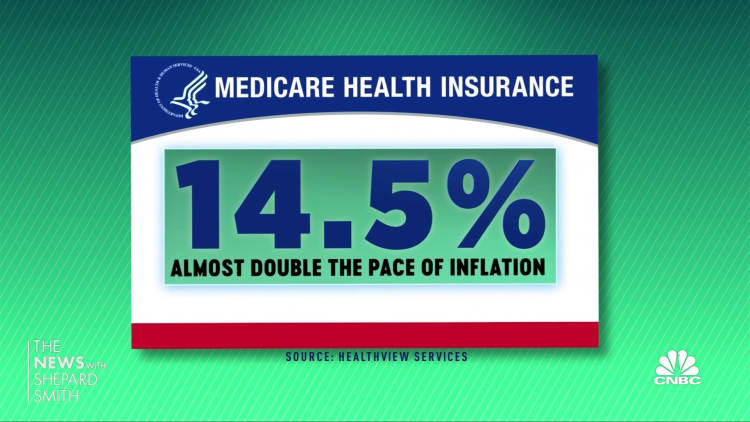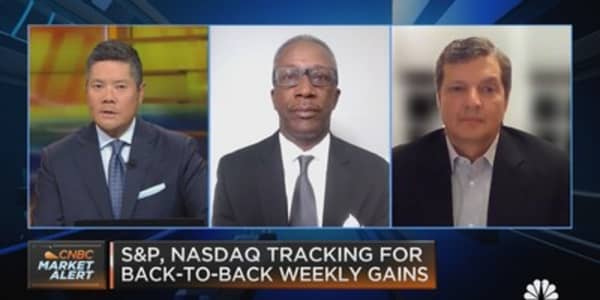Inflation is at a 40-year high. That means consumers are losing buying power at a faster-than-usual pace.
Just how quickly is inflation eating away at your savings? The so-called rule of 72 can help gauge its long-term impact.
This rule of thumb is generally applied to investment returns. It's a back-of-the-envelope calculation that approximates how many years it will take investors to double their money at a certain interest rate.
Here's how it works: Divide 72 by the annual interest rate to determine the amount of time it takes for an investment to double.
For example, a mutual fund that yields 2% a year will double in 36 years. One with a 6% annual return will do so in 12 years.
With inflation, the rule works in reverse: Consumers can approximate how quickly higher prices (for food, energy, rent and other household budget items) will halve the value of their savings.
The Consumer Price Index, a key inflation gauge, jumped 8.5% in March 2022 from a year earlier, the fastest 12-month increase since December 1981.
Applied to the Rule of 72 formula, an 8.5% inflation rate halves the value of consumers' money in roughly 8½ years. (Seventy-two divided by 8.5 equals just over 8.47.)

"[The rule] works the same whether you're implying an inflation factor — which is essentially deflating the purchasing power of your money — or whether you're applying the rule of 72 to growing your money," according to Charlie Fitzgerald III, a certified financial planner and founding member of Moisand Fitzgerald Tamayo in Orlando, Florida.
There are a few caveats, however.
For one, this rule assumes the inflation rate will stay elevated (and constant) for a while. It's unclear how long higher-than-normal inflation will persist and whether it's peaked. There are signs inflation may start decelerating, according to economists.
A healthy economy experiences at least some inflation. The Federal Reserve aims for long-term rate around 2%; the central bank began raising its benchmark interest rate to rein in high prices. (A 2% rate of inflation would halve the value of money in about 36 years.)
Further, rising costs don't impact all households the same way. Some families may have a personal inflation rate that's lower (or higher) than the national average, depending on what they buy.
Someone who drives to work and pays for gasoline (among the biggest contributors to inflation in March) may experience higher prices more acutely than someone who uses public transit, for example.
Wage growth and any earnings on savings also serve to offset at least some inflation.





